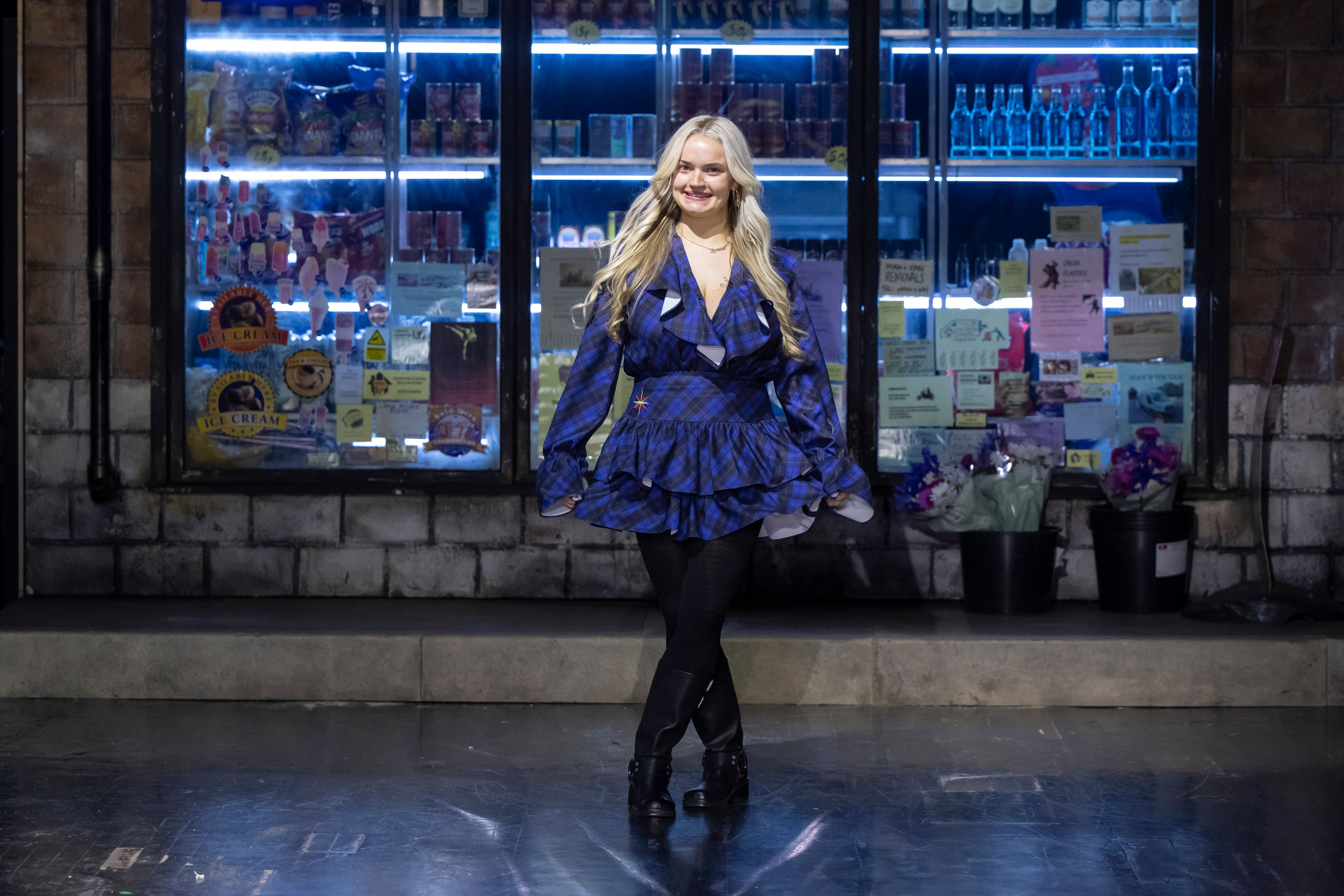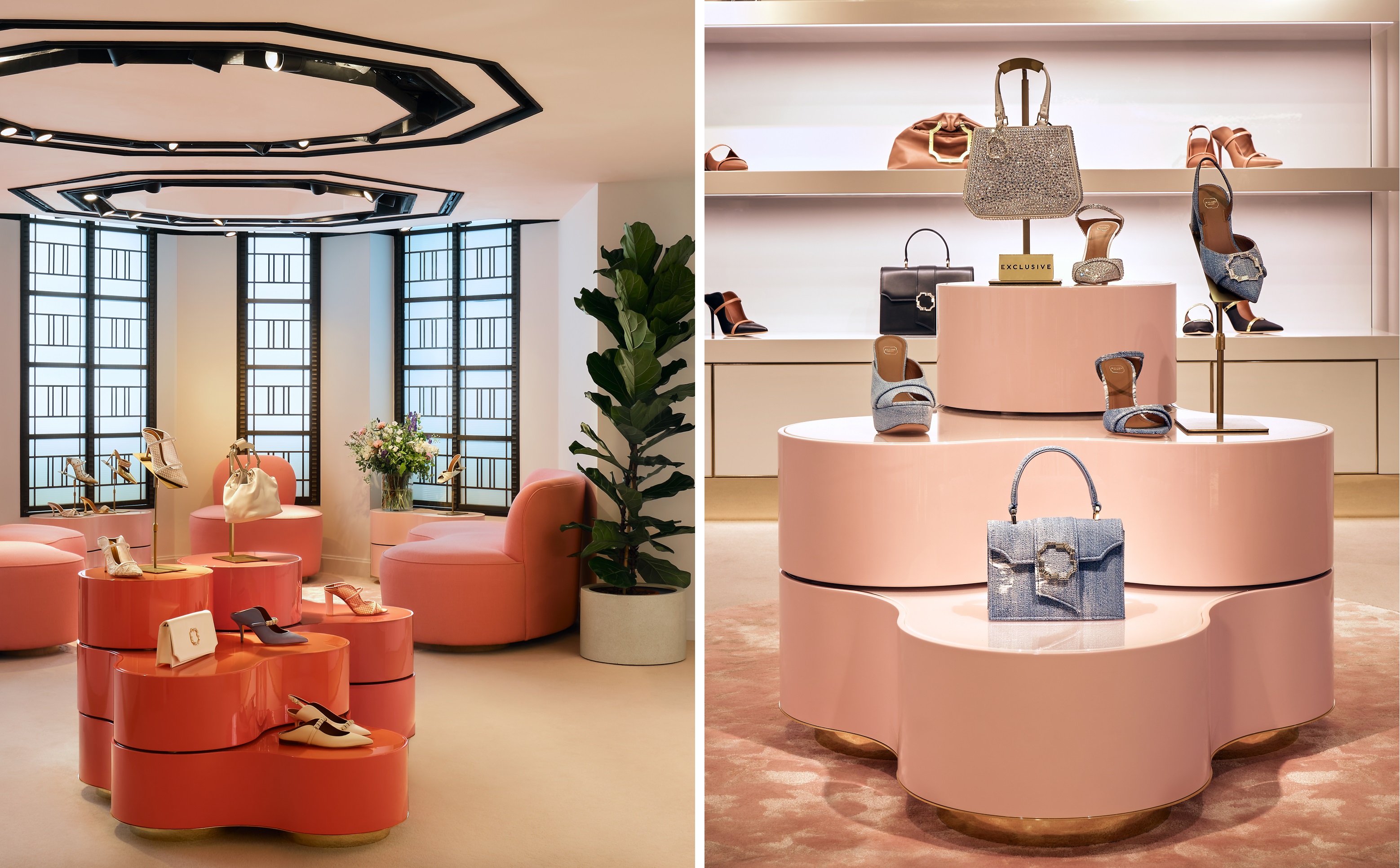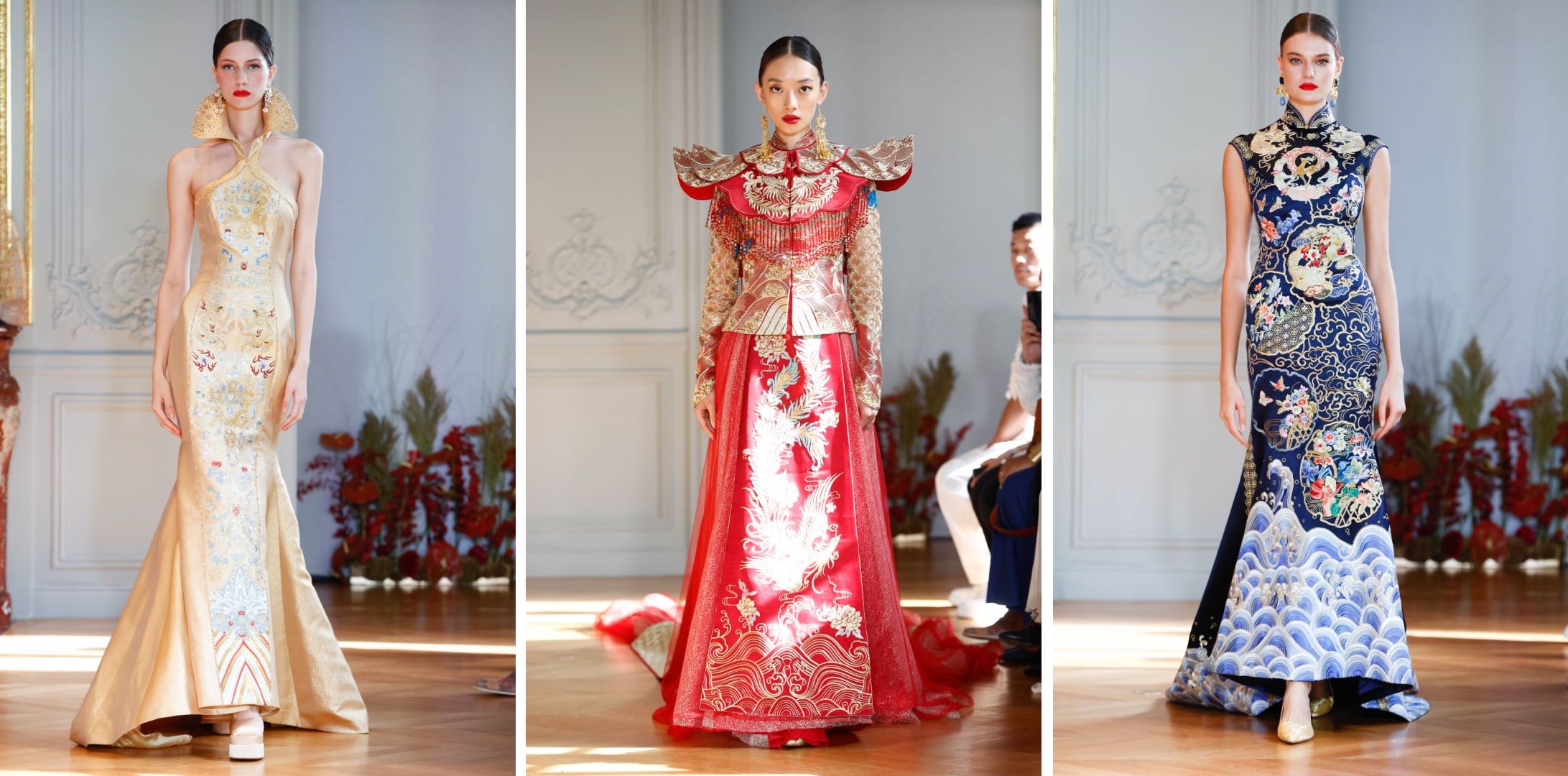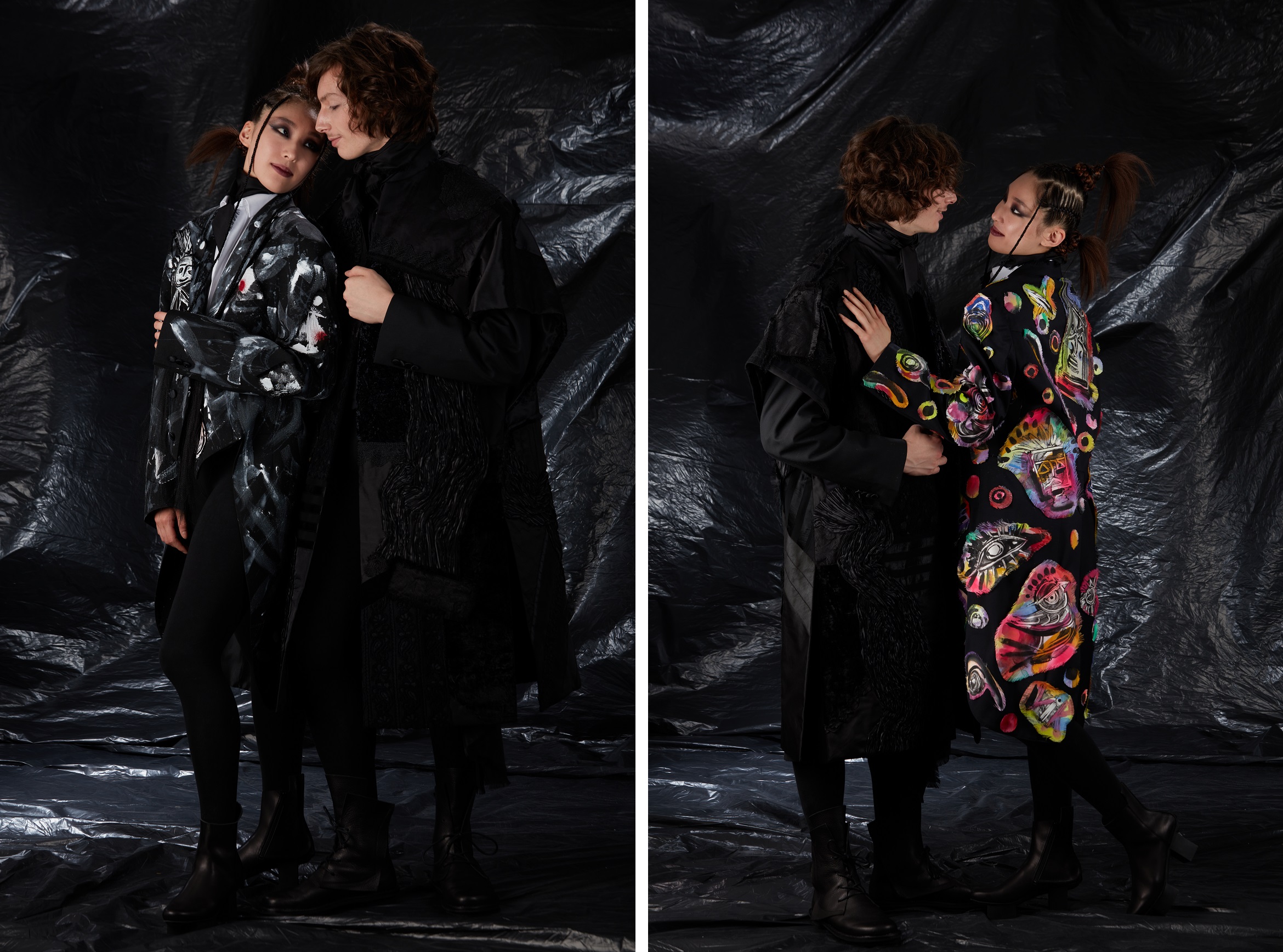
"Some will say “It’s the childhood of Art” (it’s very easy to do). However, finding yourself faced with a square of fabric and making it surprising, playful or simply pleasant to look at is not so simple.
I immediately liked this loose garment: the caftan, which is written according to the region, kaftan, khaftan or even qaftan.
It is found in the Middle East, the Maghreb, Central Asia, Persia, the Republic of Venice, the Mongol Empire, the Umayyad Empire, the Ottoman Empire and also in Eastern Russia.
Basically, it is a long and ample coat with sleeves, the nomadic clothing par excellence.
The history of the caftan is rich in twists and turns.
The kaftans worn by the Ottoman sultans constitute one of the main collections of the Topkapi Palace, in Istanbul.
In the Ottoman Empire, caftans have a strict codified language.
The fabrics are mainly produced in Istanbul and Bursa when they are not imported from Venice, Genoa, Persia, India or even China.
In 1922, Mustafa Kemal Ataturk overthrew the former sultan of the Ottoman Empire. In a desire for total rupture and modernization of the territory, the father of modern Turkey proclaimed the prohibition of Ottoman clothing attributes like the caftan and the fez in favor of Western outfits.
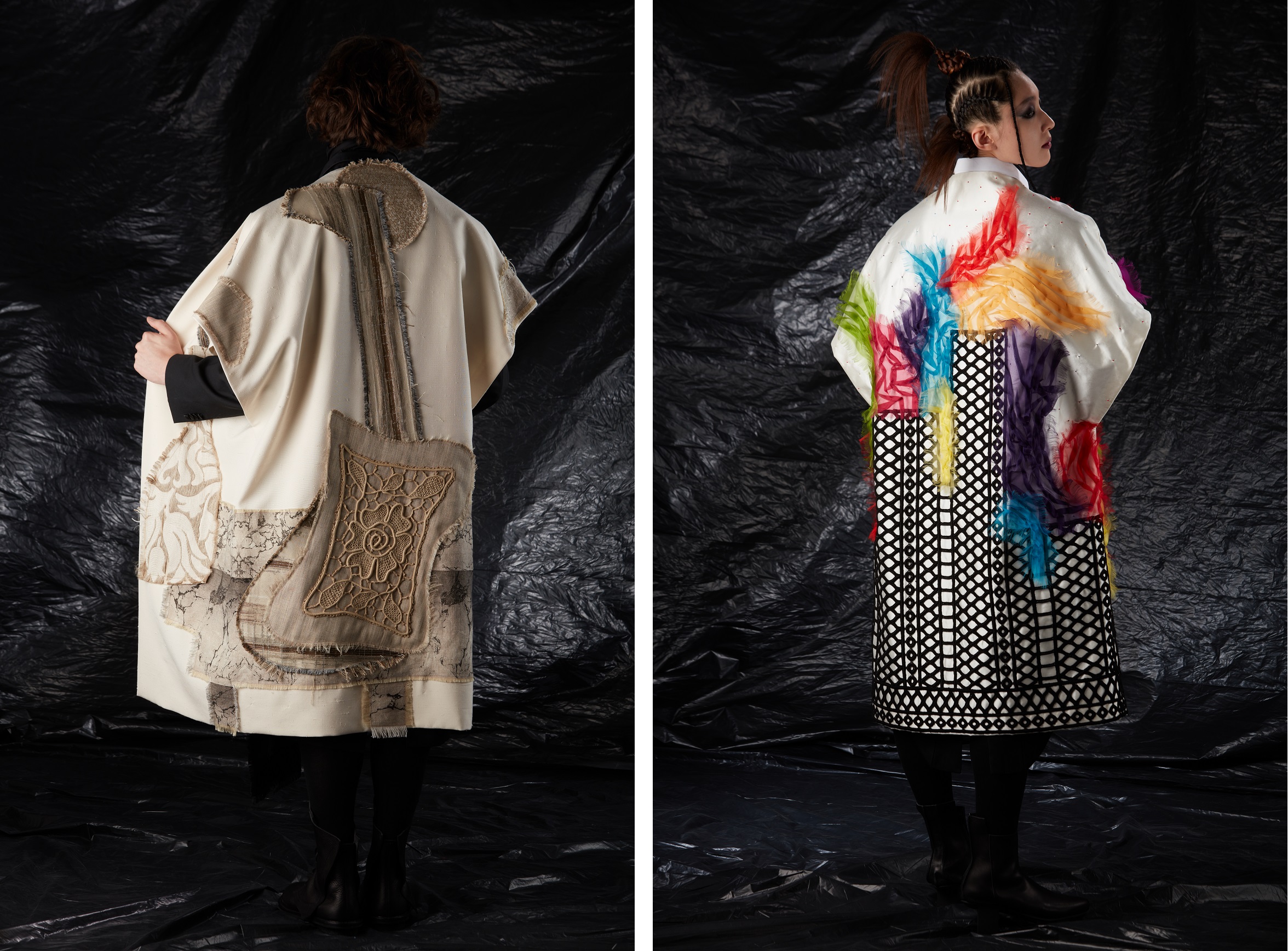
On another territory, in his policy of reforming Russia at the end of the 17th century, Tsar Peter I, known as Peter the Great, decided to ban the wearing of the “kaftan” in favor of Western-style costume. He used to say: “With your wide sleeves, misfortunes always happen to you: sometimes they soak in the soup, sometimes they smash the glasses.”
I took off its sleeves from this illustrious garment to create an unstructured cardigan, an oversized overcoat or a loose overcoat.
Each one tells little stories, the images collide, the patterns are displayed or veiled in mystery.
A succession of crazy zapping. Couture that dreams of adventures and experiences.
This “cubic” cardigan is worn over a tailcoat or frac, a masculine white shirt and dance tights, worn by Trippen.
The tribal hairstyles of Alexandre de Paris by Frédéric Pavard and the charcoal makeup of Natalia Vlasova, accompanied by Serguei Chatel, will give a resolutely urban tone to the silhouettes.
I wanted to show a lively, spicy or even incongruous couture… A sign of the times.
Today, art is visible to everyone.
Formerly reserved for collectors and an informed public, it has invaded our living spaces.
The history of art is punctuated by scandals, revolutions which most of the time announce sociological upheavals where they are associated.
It is in these moments that new aesthetic languages and new artistic movements are born: the emergence of new writings.
There are, in these pieces, claims or, at the very least, “arty” intentions.
Tributes are legion, starting with the Dadas and the Surrealists, without forgetting the montages of Soviet Constructivism and the German Bauhaus… Many artists such as Juan Gris, Pablo Picasso, Jacques Prévert, Jean Cocteau and many others… seize this artistic technique.
I leave it to each of you to get closer to this or that model because the collection is eclectic.
We are very far from the standards and that’s good!
I approached Yoyo Maeght and asked her to be the Godmother of this collection.
Her asnwer was immediate and enthusiastic, even though we had only met twice… We hit it off right away!
Apart from his love for Art and artists, Yoyo envelops you with an authentic and sparkling look... “What a great temper”.
I hope that Yoyo will be seduced by the characters she will discover at the entrance and on the four levels of the Musée national Jean-Jacques Henner. Because, as soon as you arrive, you will be welcomed by two rock’n roll ballerinas, equipped with a “today’s ghettoblaster” and by an “outrenoir” knight, on his beautiful steed, “our favorite Minos”.
Inside, you will meet dancers interacting with the works of the Museum.
Music, which I consider essential to inspiration, will not be outdone, since Mr. Jean-François Zygel does us the honor and friendship of improvising this poetic, lively and cultural moment on the piano.
This season, couture is displayed as a pinnacle of insolent paintings." - Frank Sorbier
Video: ©Bruno Le Page | Laurent Stephane Montfort Photography
related posts
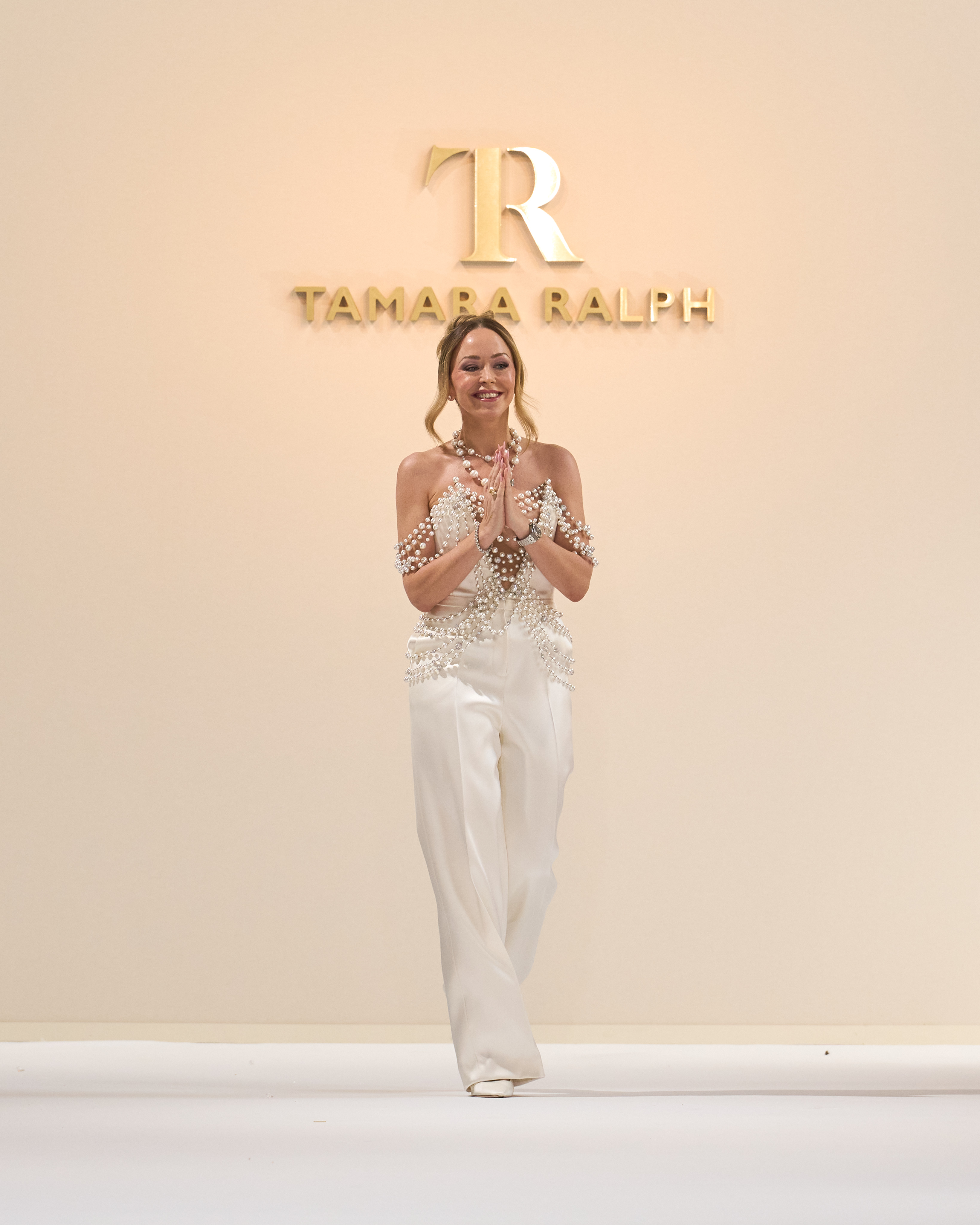
Fashion Weeks
La Perle Rare: Tamara Ralph’s Ode to Art Deco Elegance
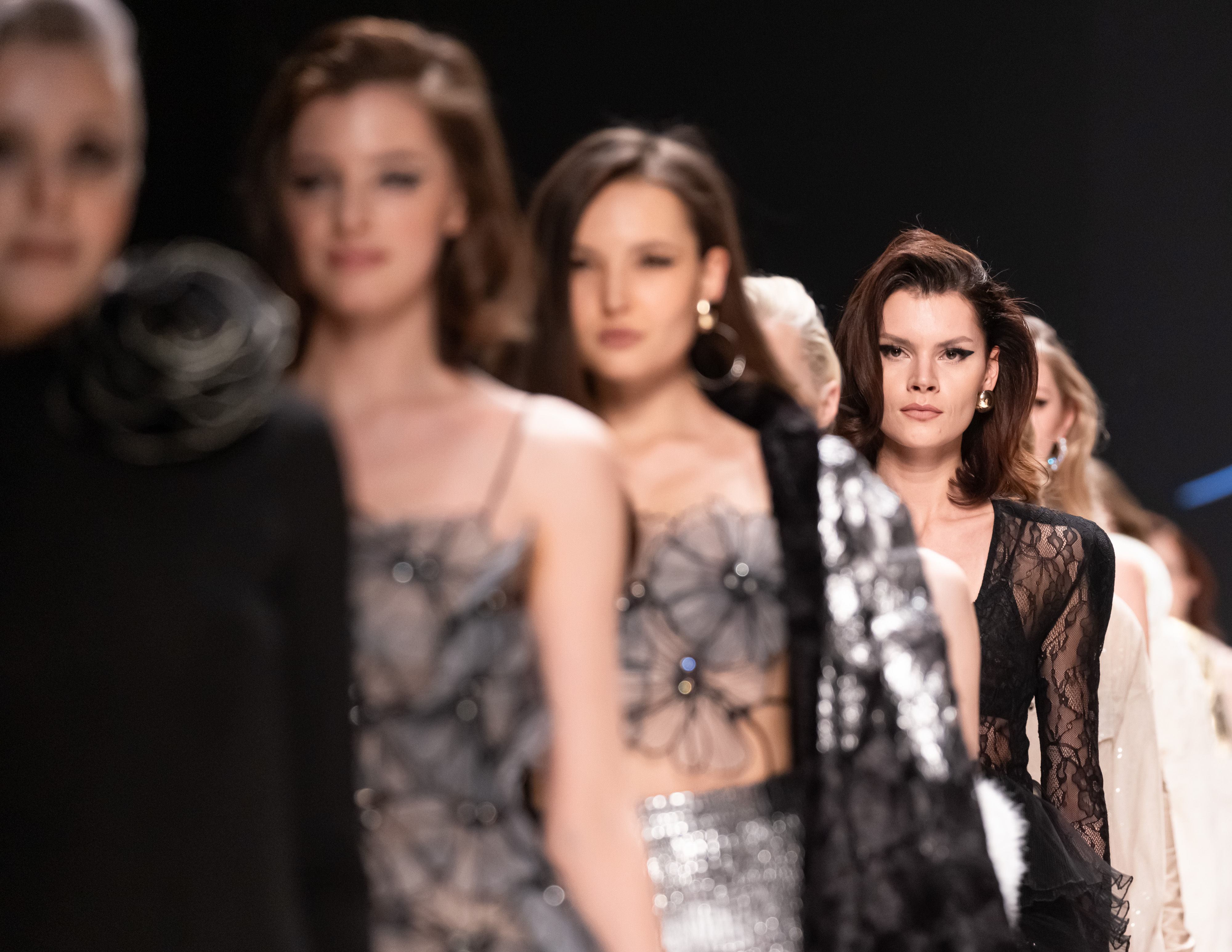
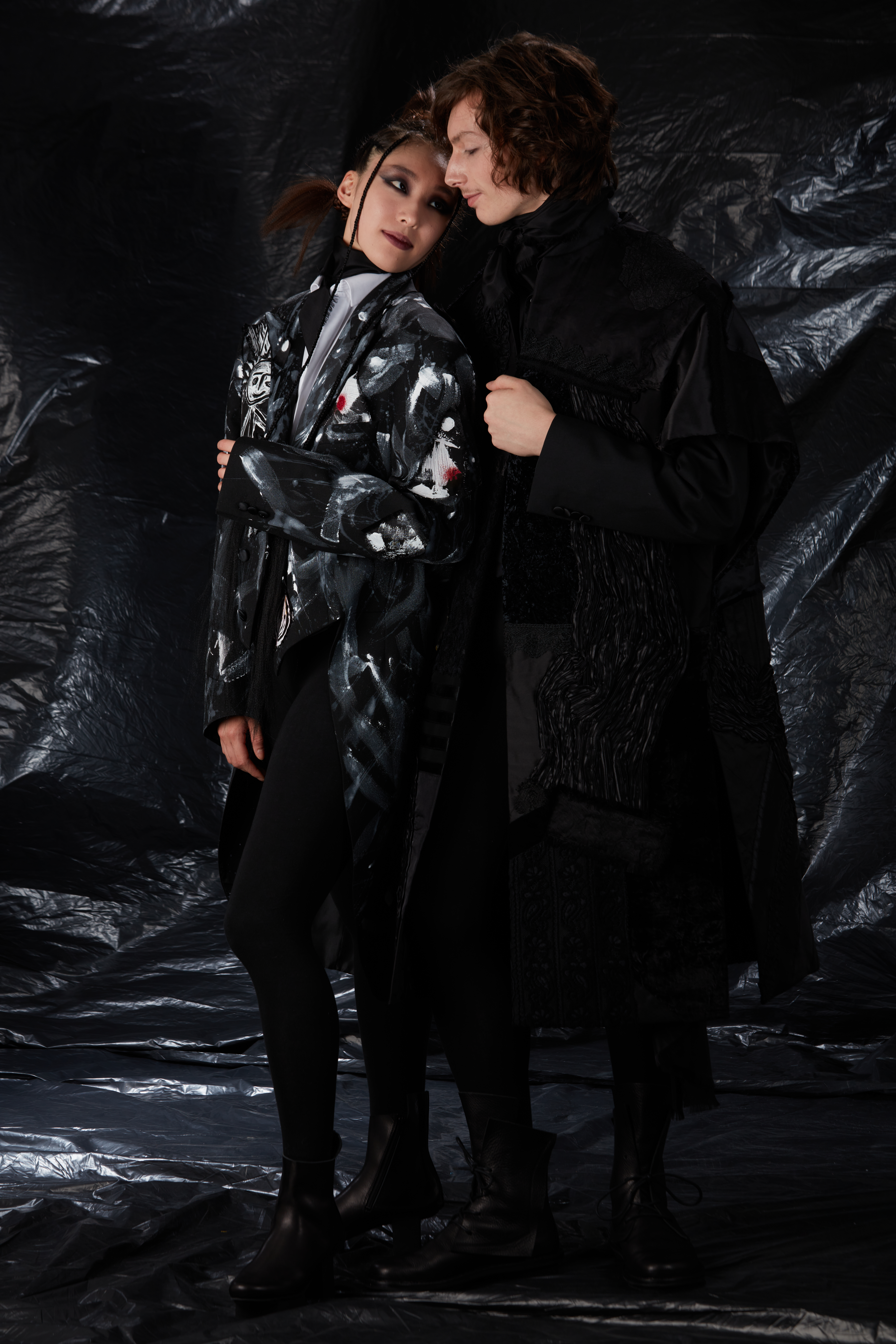
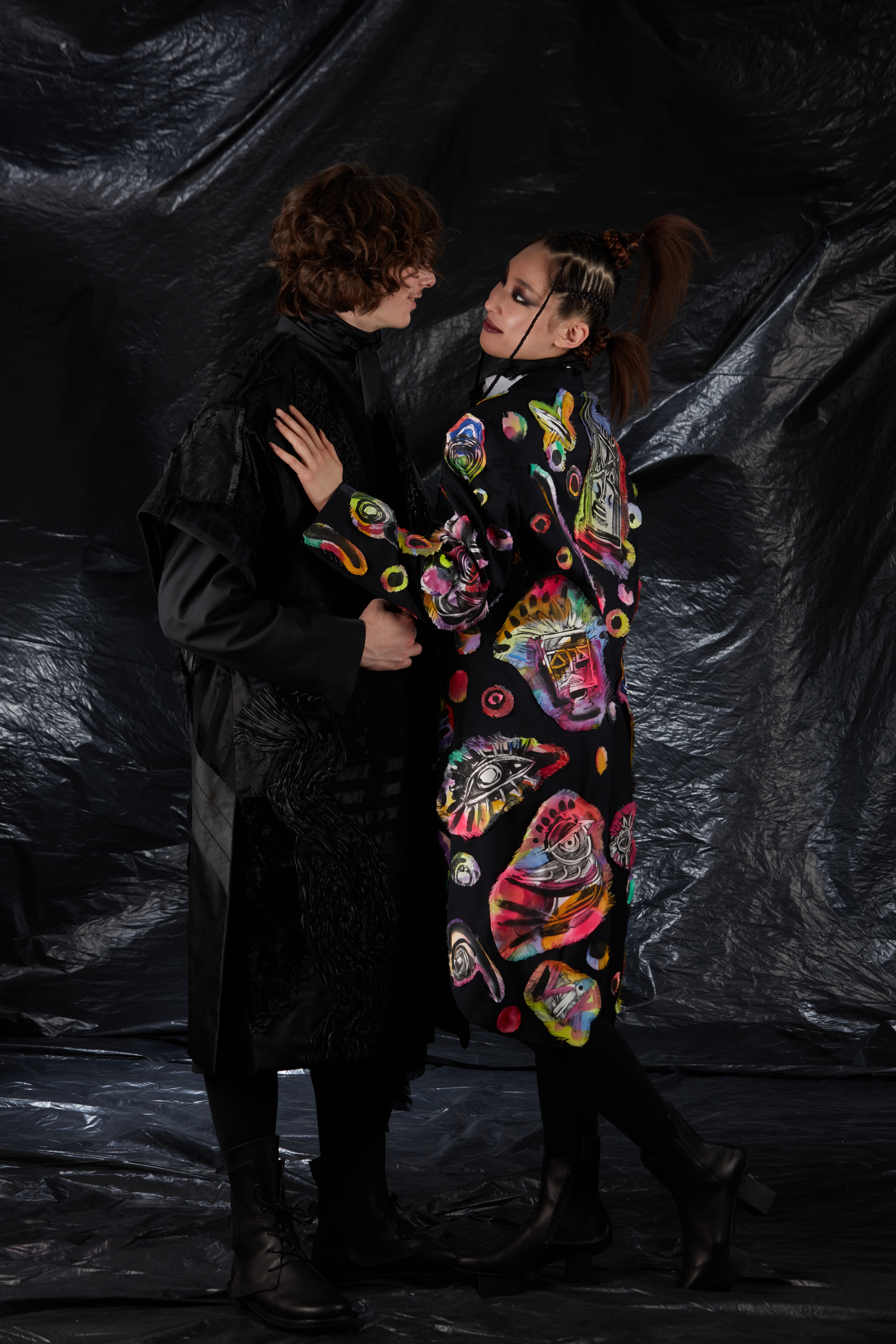
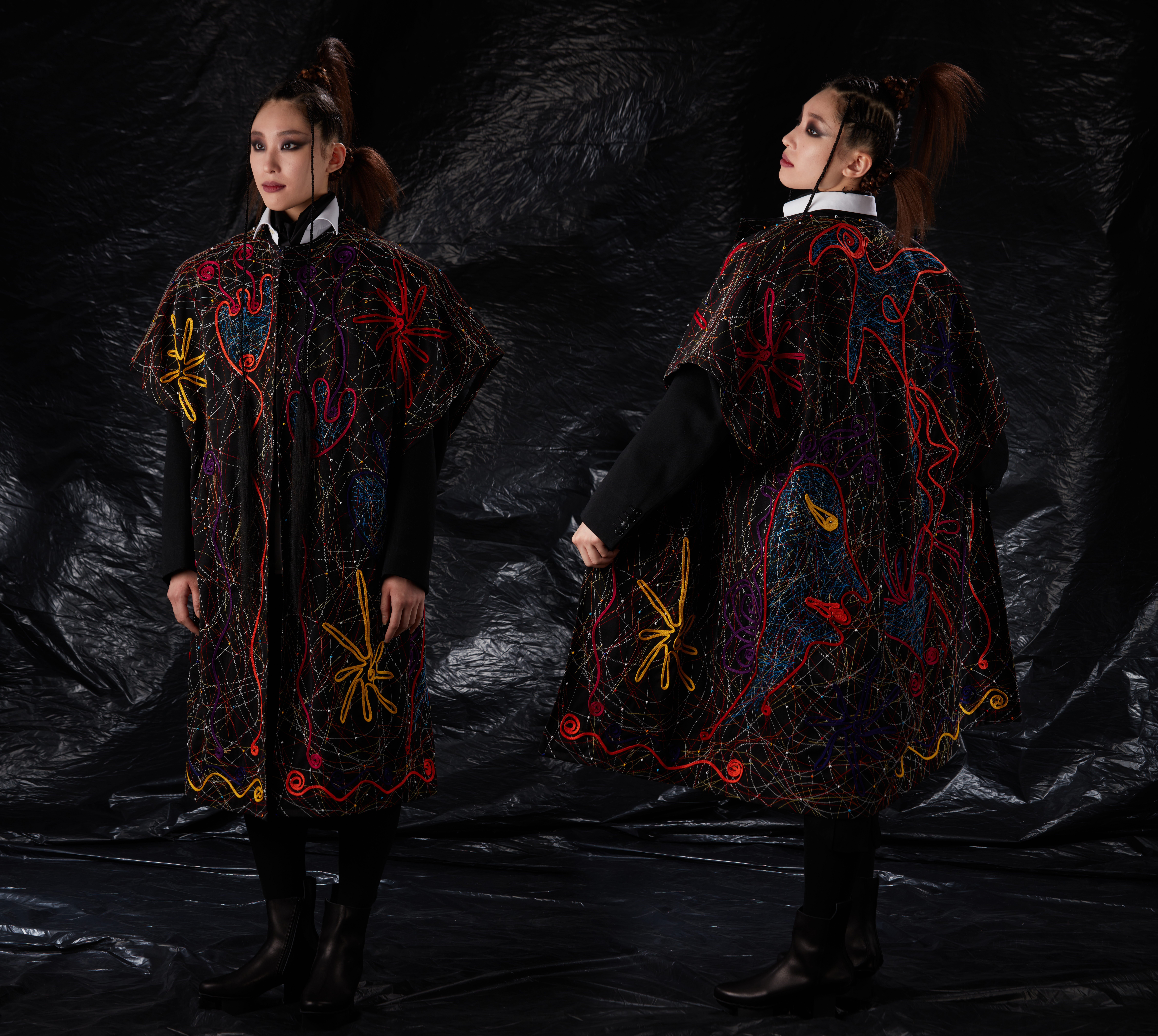

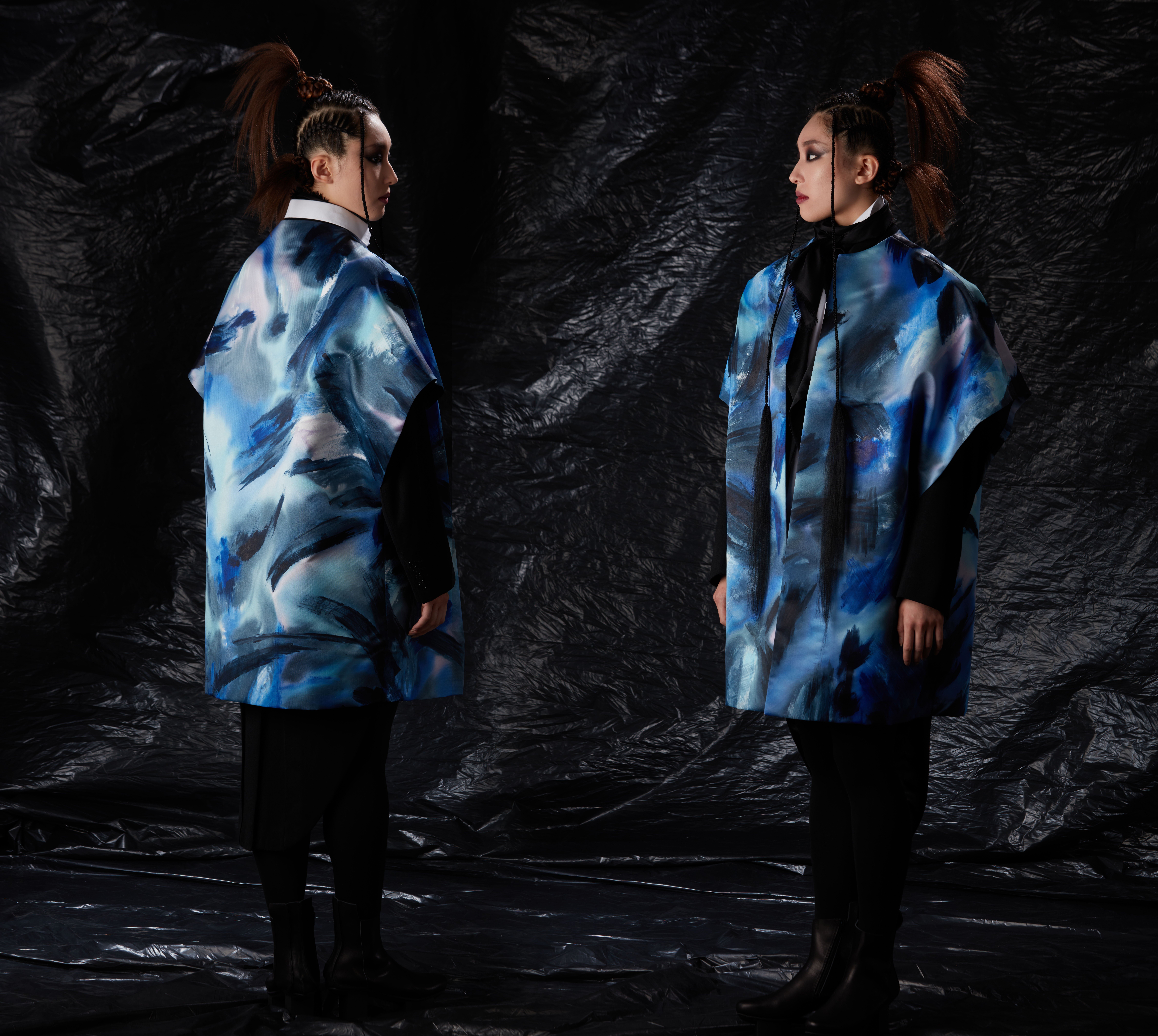
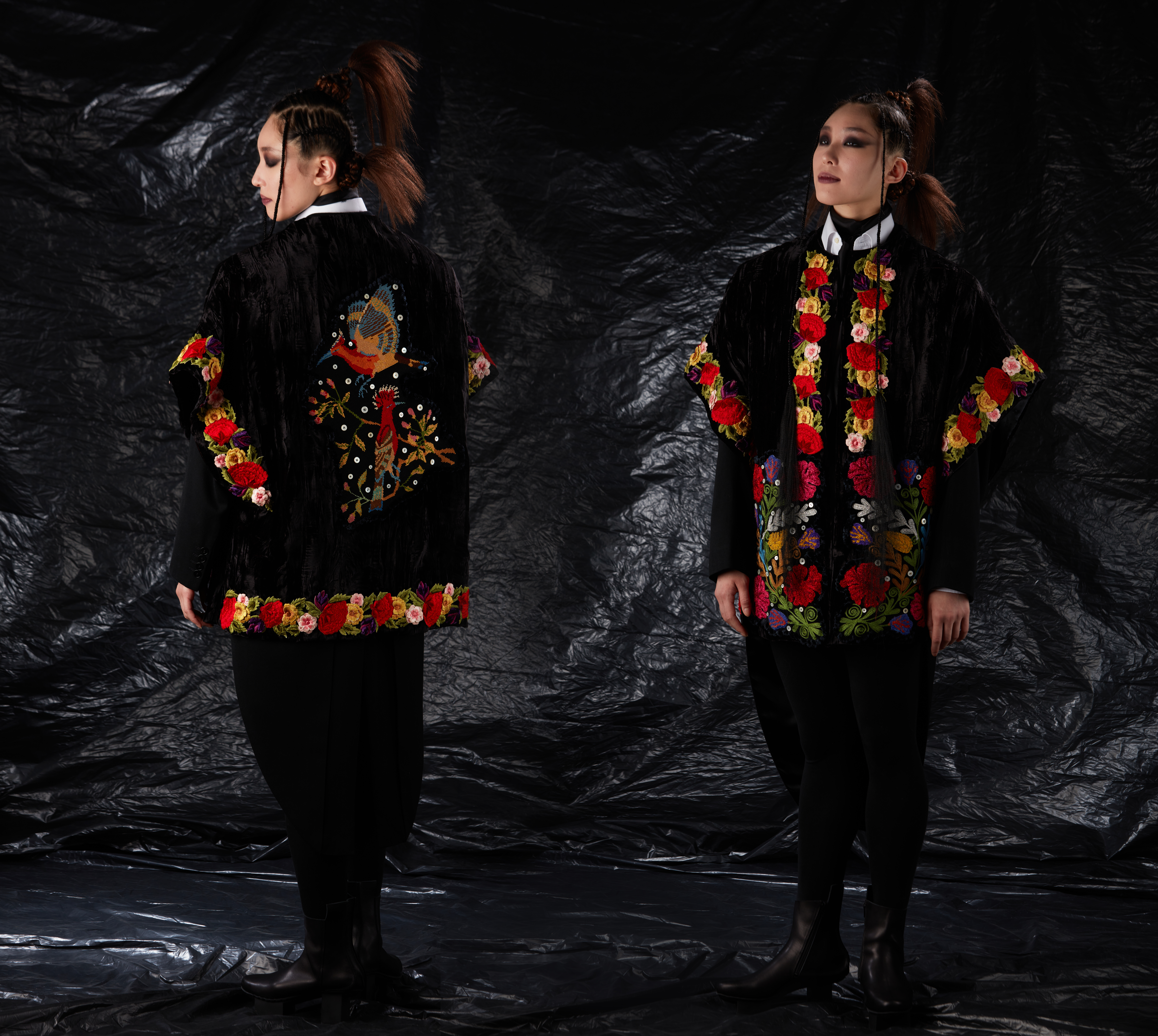
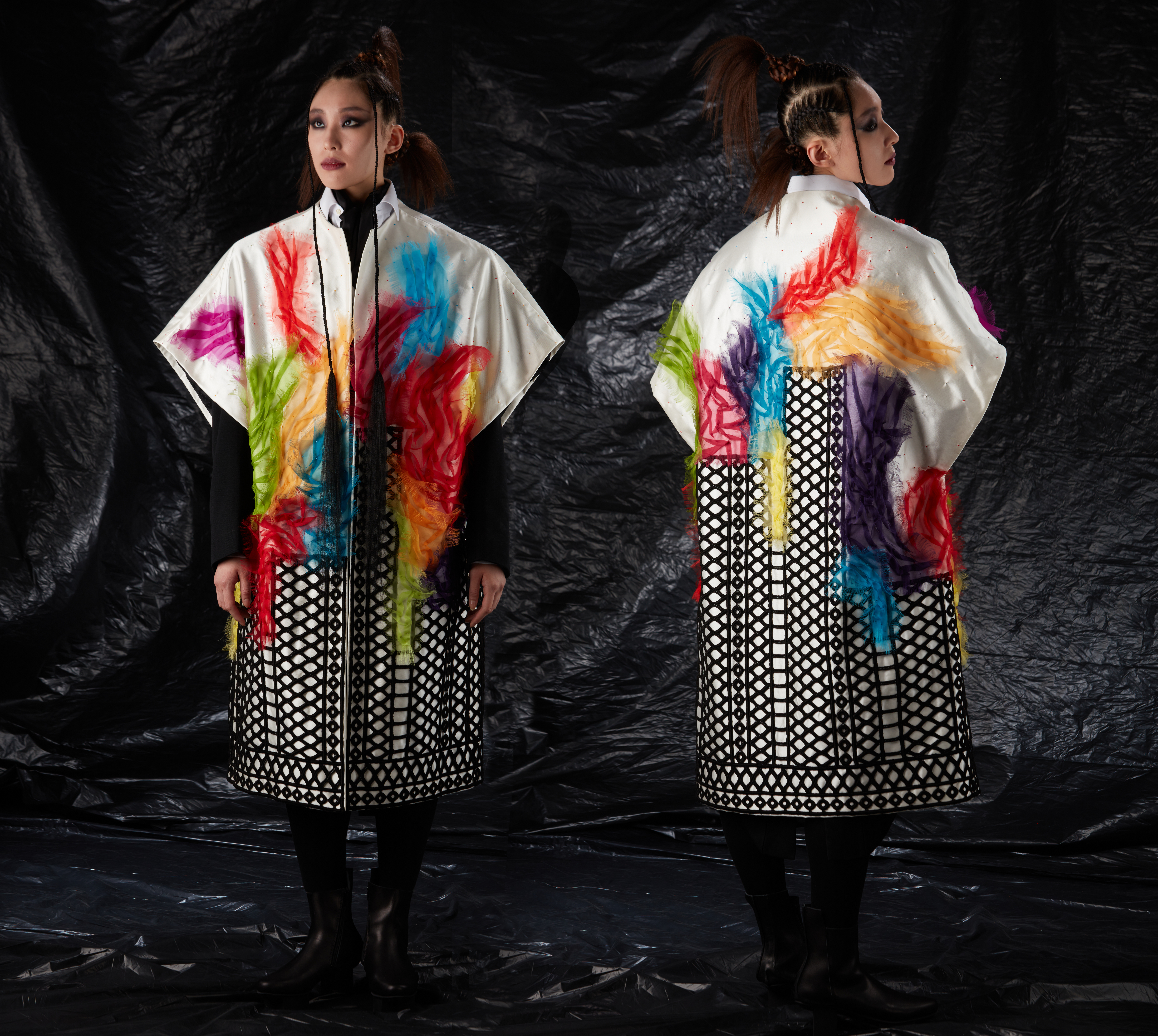
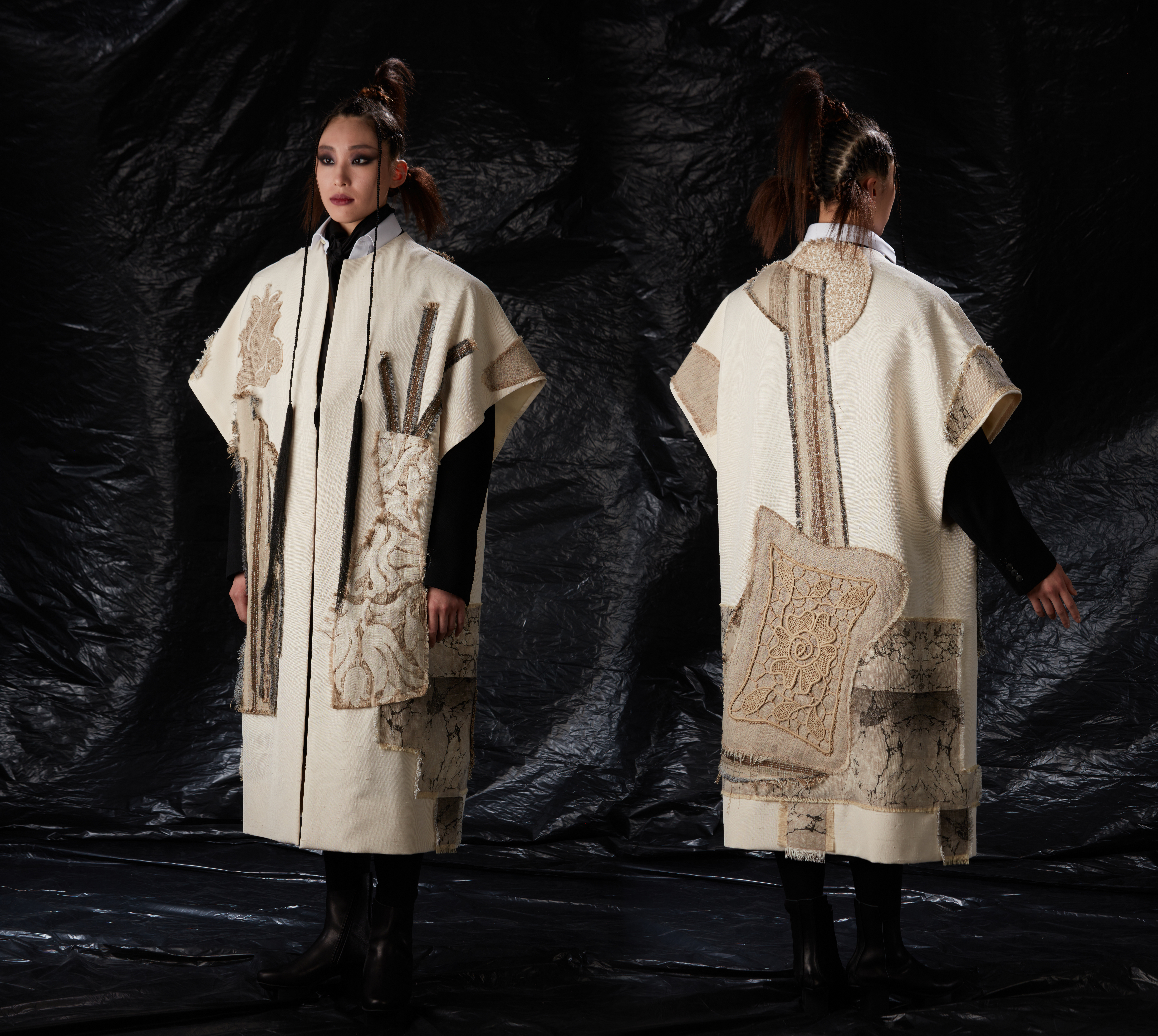
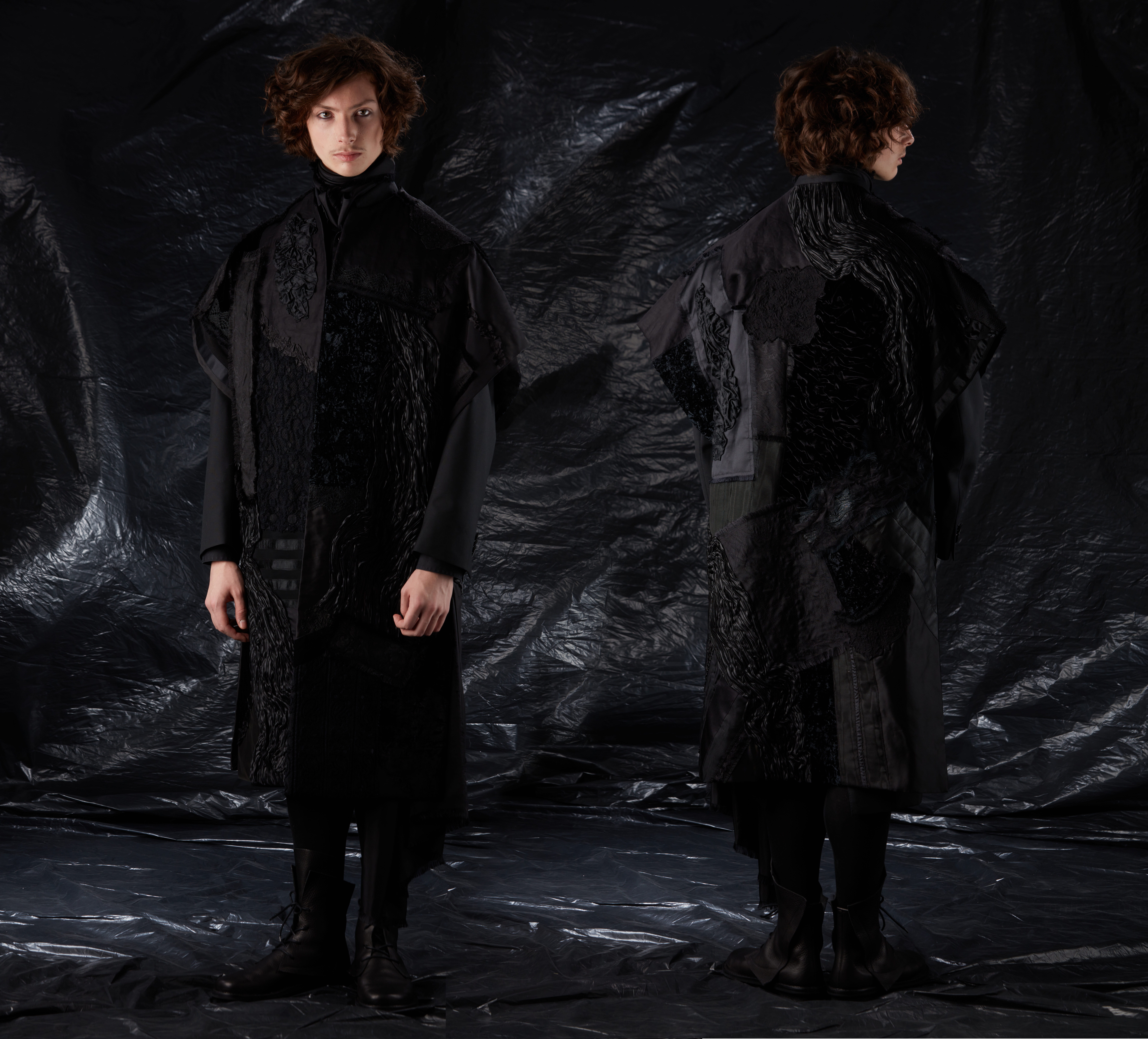
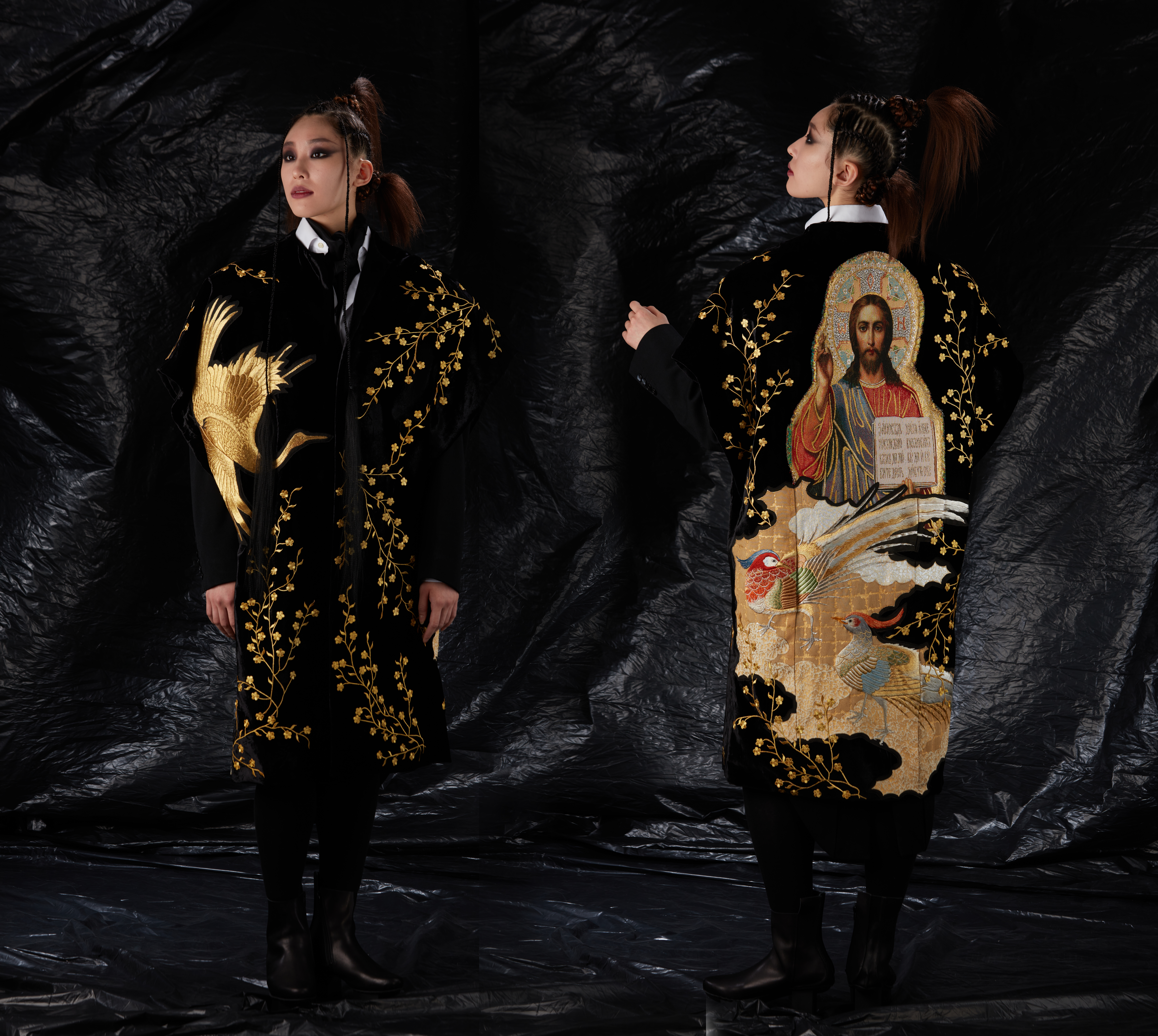
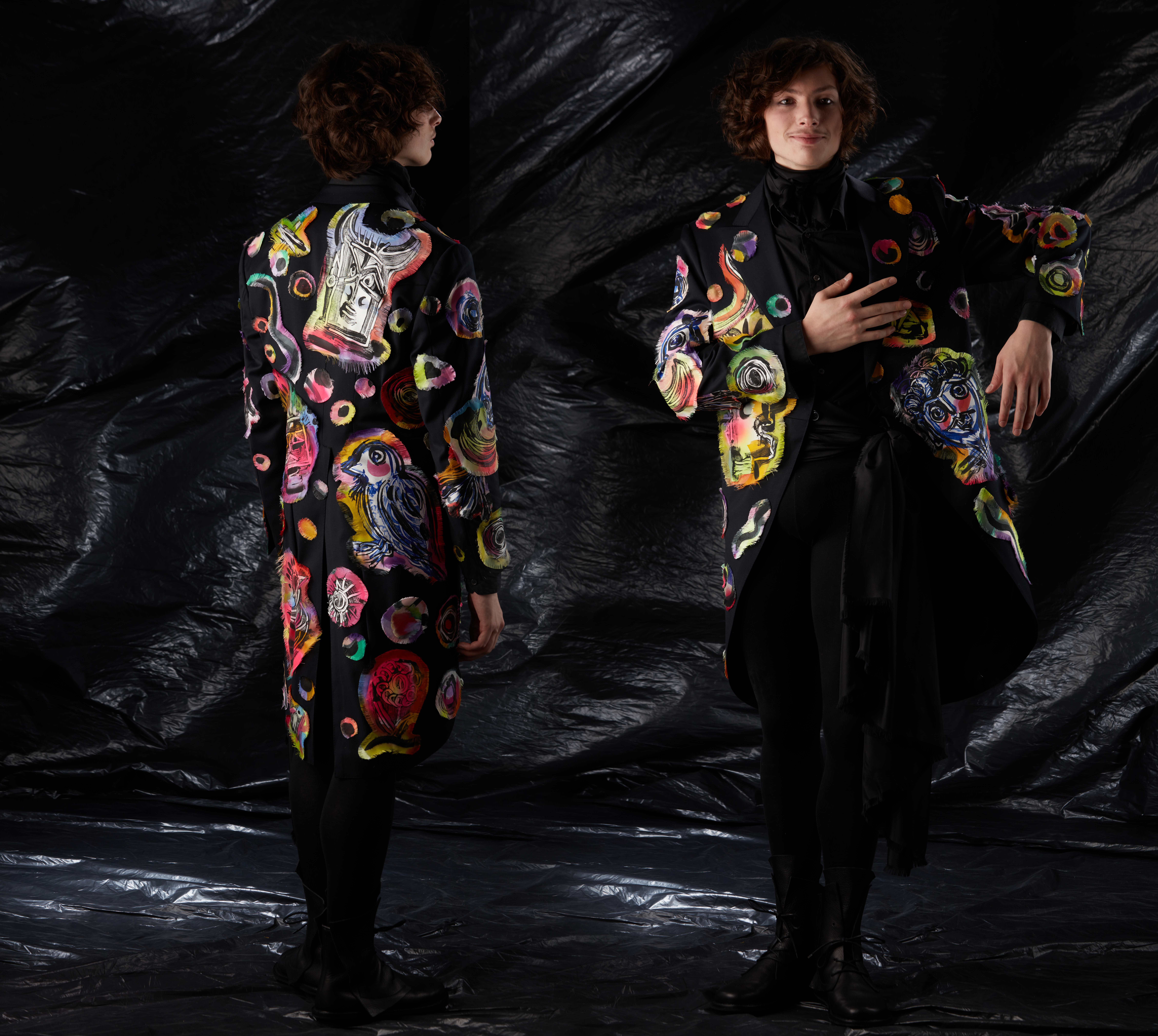
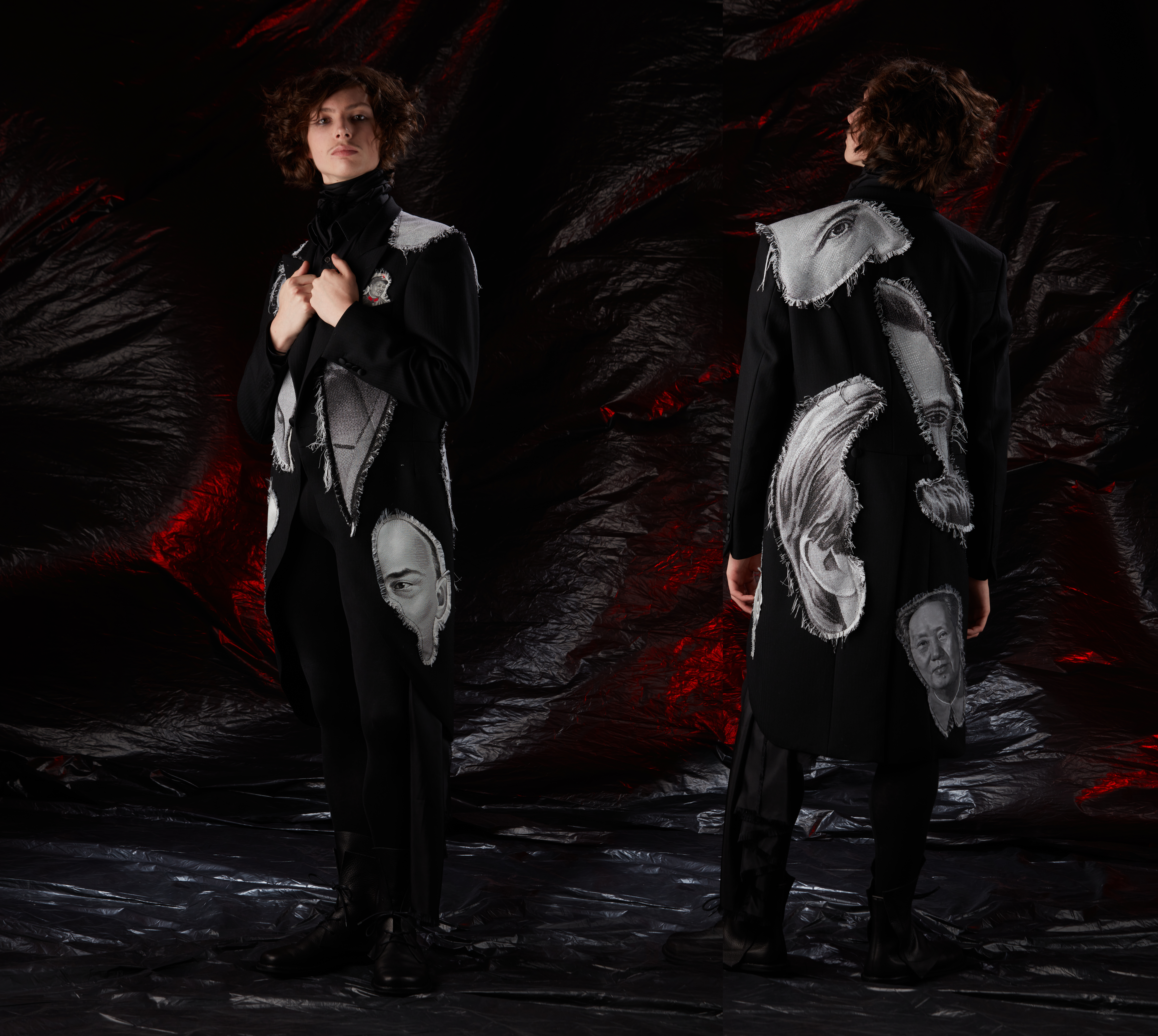
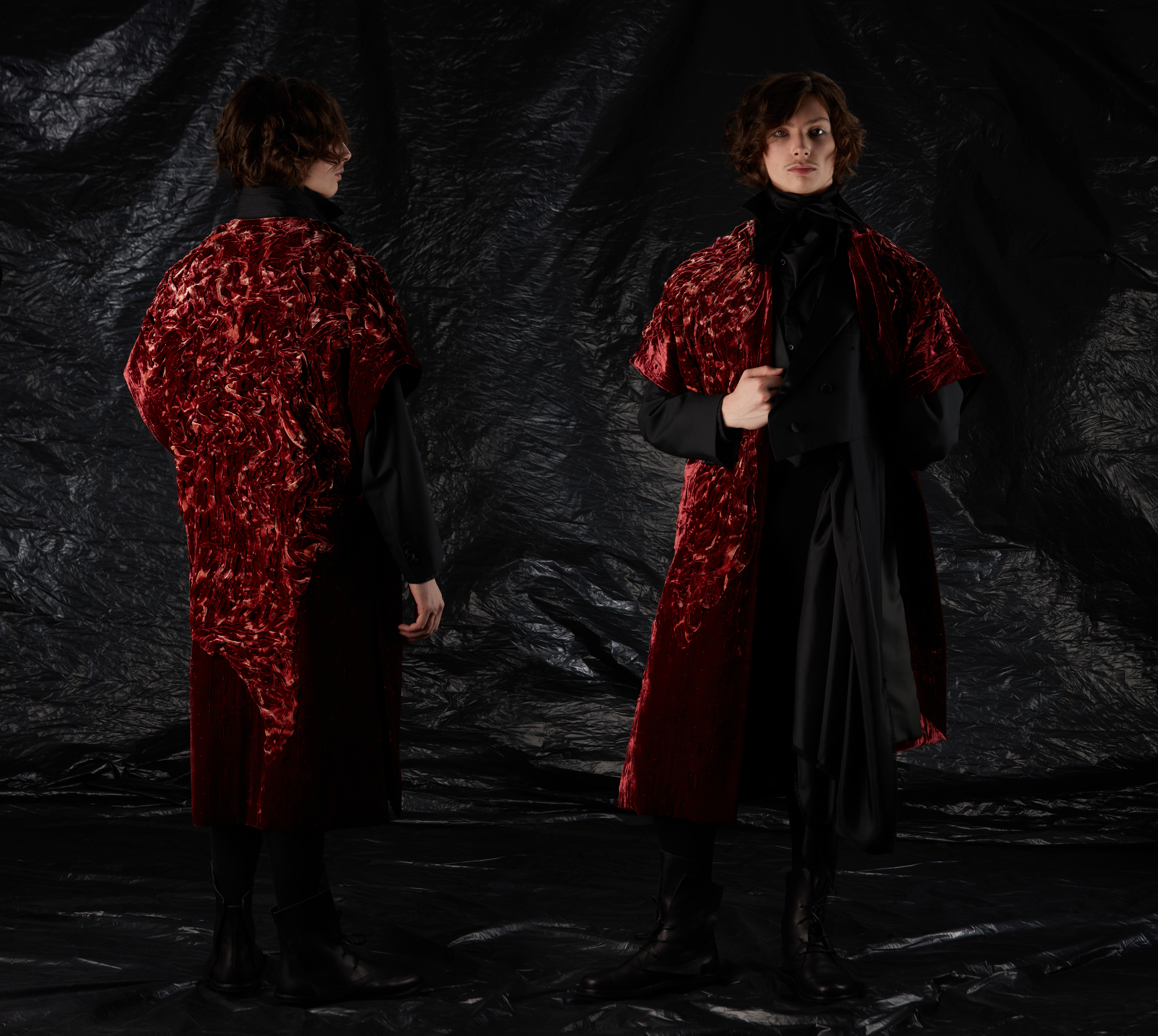

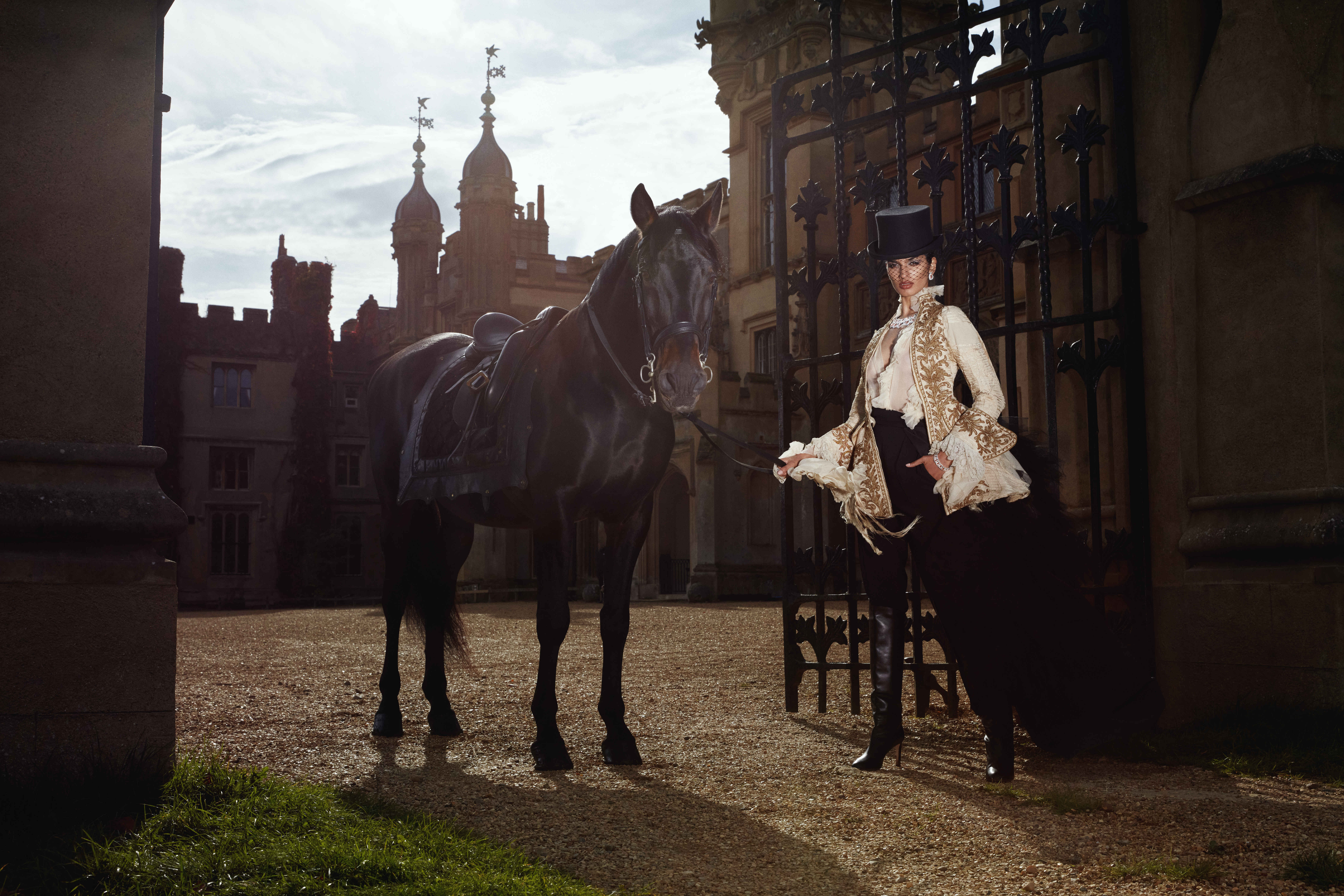
 Castel Fragsburg, Castel-Fragsburg-in-autumn.jpg)
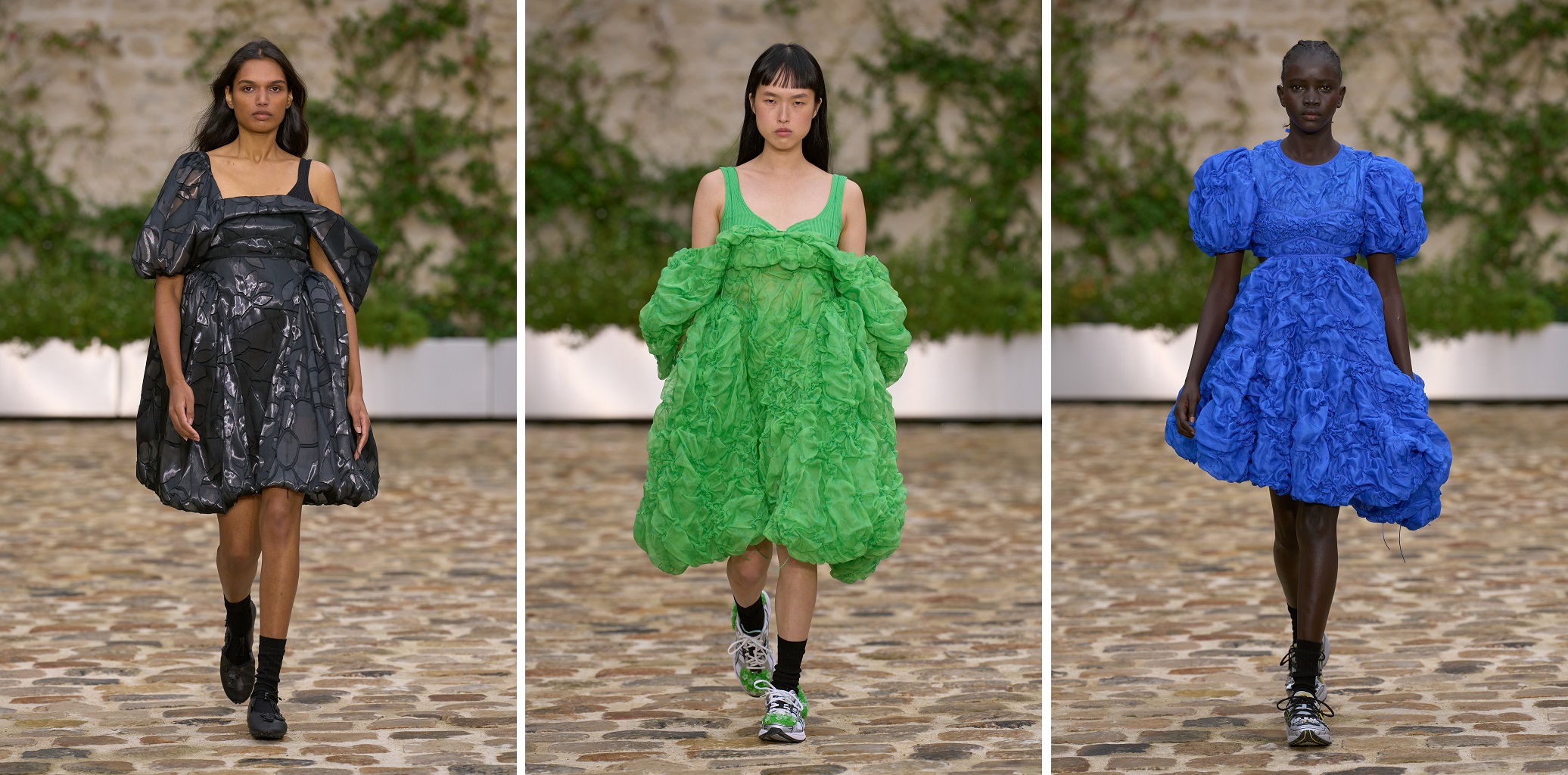
.jpg)

